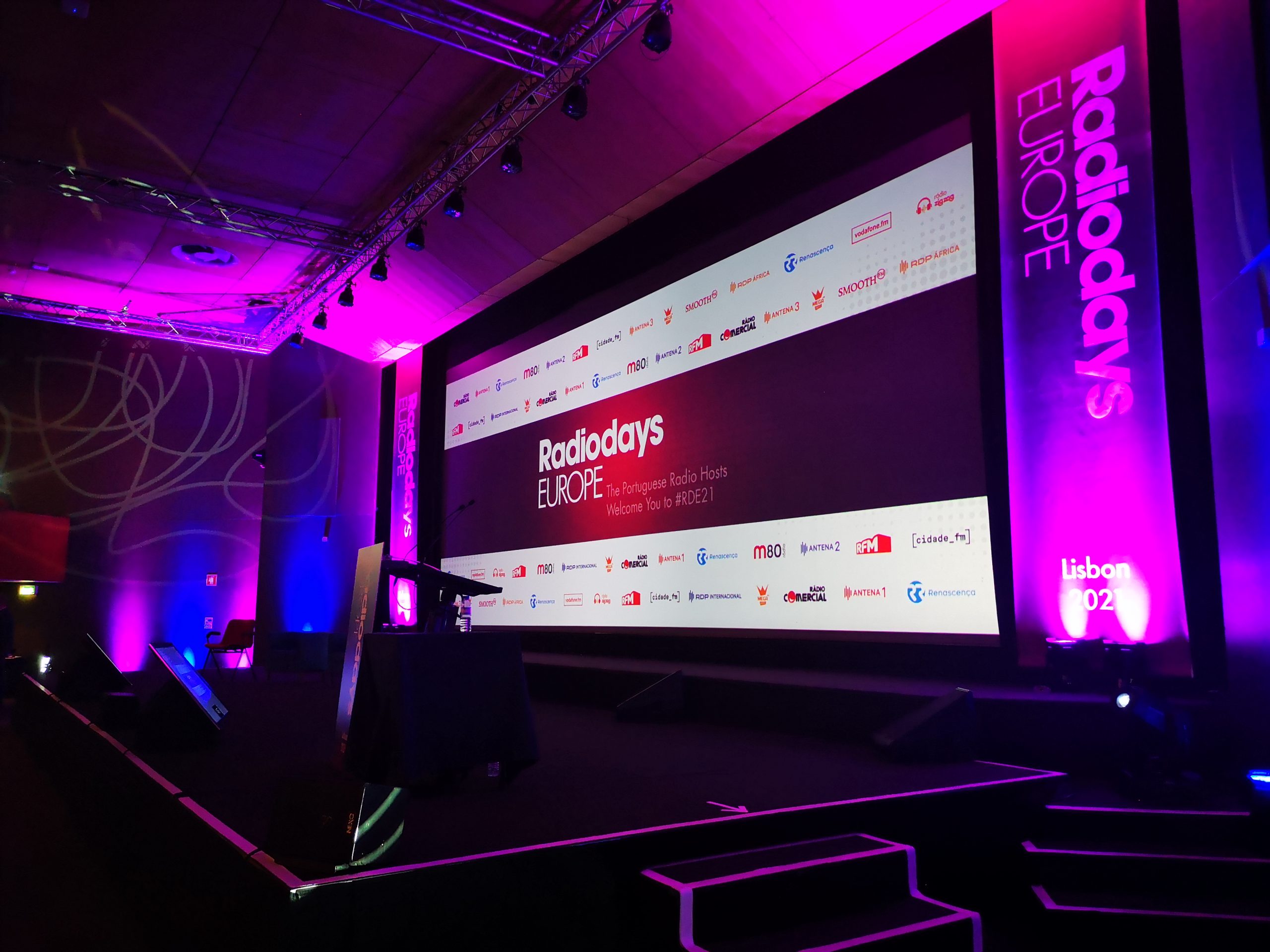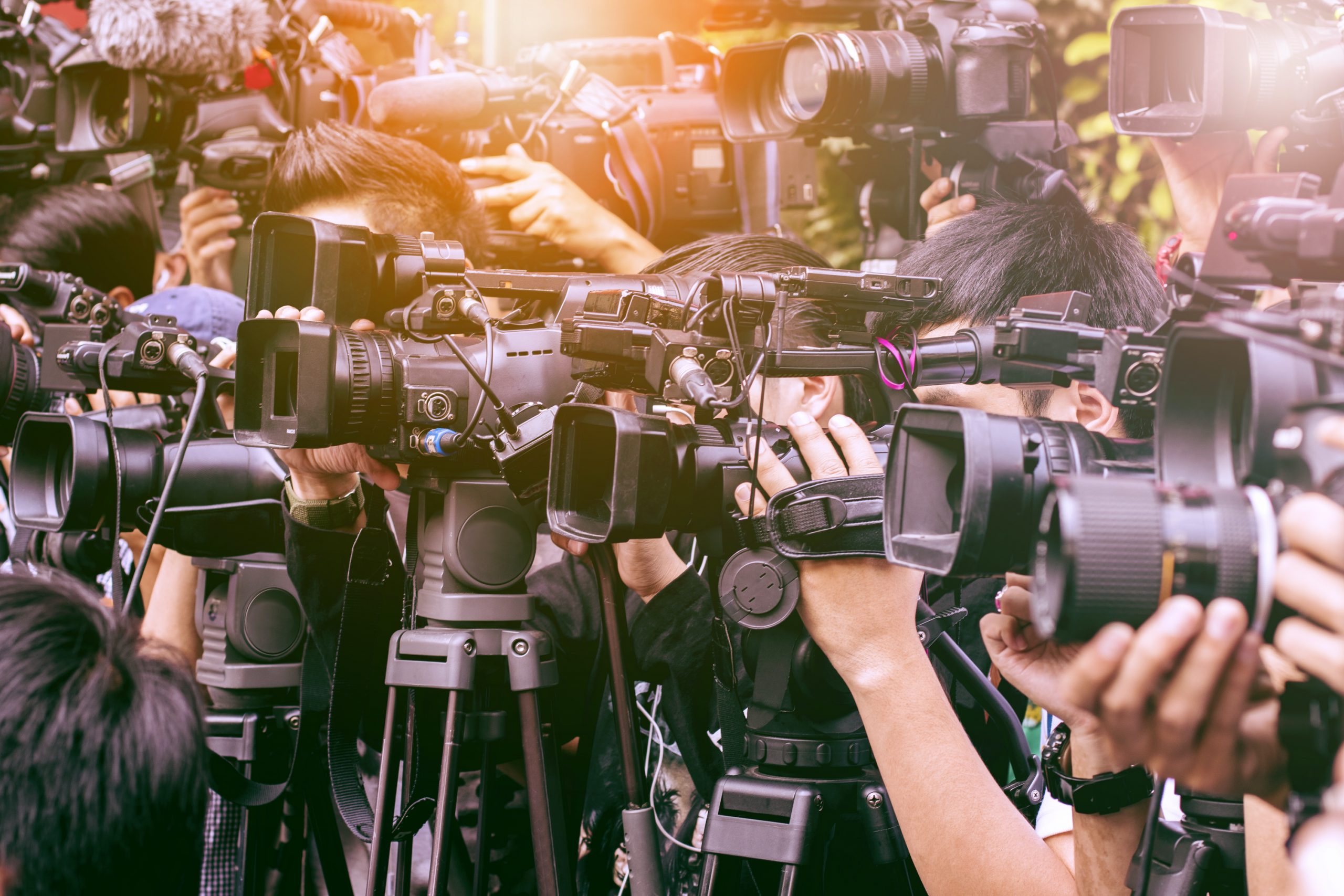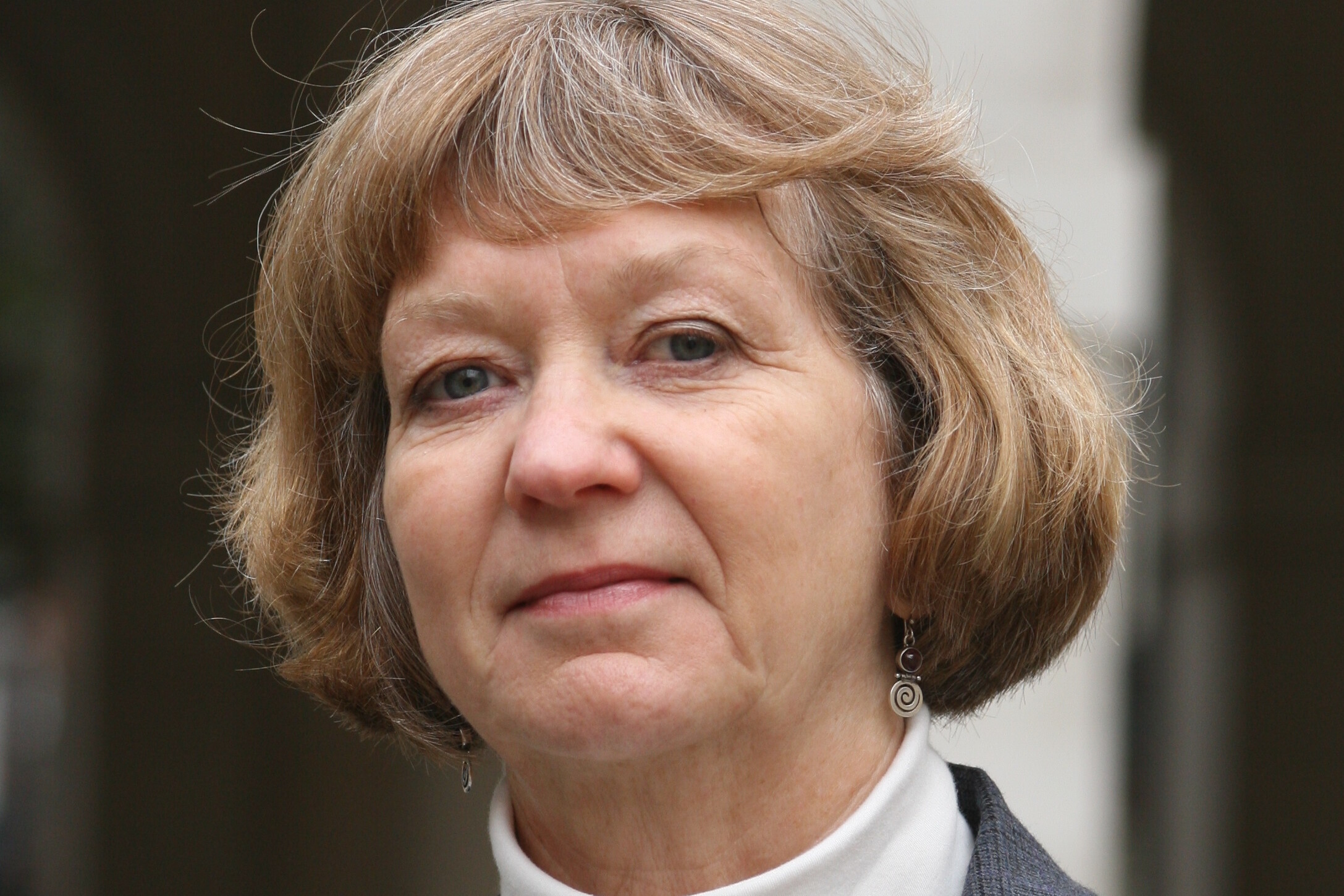By Harry Lock
It has been another year dominated by COVID-19, and with it, more pressure on public media. But during testing times, there were displays of resilience and innovation.
It will be remembered as a year of adversity for public media: the pandemic raged on; journalists worldwide faced tides of online and physical abuse; some governments relentlessly undermined and imposed on public media’s independence and integrity; many organisations contended with financial uncertainty; and climate change coverage was scrutinised more than ever before. 2021 provided some fresh and ongoing challenges.
Yet in the face of such difficulties, there was much to be commended and celebrated. During an ongoing global public health crisis, public media organisations continued to demonstrate and fulfil its essential duty to inform and educate the publics they serve; new initiatives and innovations were launched; more than ever there were efforts to improve diversity and representation; and the Nobel Peace Prize recognised the invaluable service public-interest journalism provides to society.
This review will explore these themes, and how they came to define public media in 2021.
Covid-19 and public media’s response
The pandemic is likely to be one of the greatest challenges public media has ever faced. It has strained relationships between public media and government; some states using it as a cover to introduce censorship measures and threaten media freedom. A project by PMA examining Covid-19’s impacts on media in Southeast Asia is going to be launched next month.
Economic impacts on media have been catastrophic for many, leading to the closure of many small and independent media outlets. It has also added an extra safety concern for public-facing journalists. 11 employees at Namibia’s NBC have recently tested positive for the virus. And in a year which has been dominated by the international roll-out of the vaccine, public media has had to cover vaccination in an accurate and sensible way.
At times during a public health crisis, public media is essential for conveying critical health information to the public. It is in this space that public media is also the provider of reports which dispel mis- and disinformation. At the heart of this are local reporters, able to engage with their communities, and many schemes are underway worldwide to sustain local media outlets. But it is also a balancing act, ensuring public media still hold authorities accountable, and scrutinise their actions. This challenge will persist well into next year and beyond, but it is critical public media gets it right in order to retain and build public trust.
Read more:
Vaccine coverage: How – and why – public media should get it right
Public media, education and the digital divide during COVID-19
State censorship and government pressure
In some countries, public media’s independence and editorial autonomy has been eroded over the past twelve months. This is starkest for Hong Kong’s RTHK, now a mouthpiece for government, which has experienced dramatic reforms at the hands of the authorities. In Europe, Greece was the latest country to adopt so-called “fake news” laws, amid broader concerns about the state of media freedom there. Kyrgyzstan’s government is brazenly trying to change the very core of what the already censored public broadcaster, OTRK, is, by changing its definition from “public media” to “state agency”. In Poland, a bill (whose fate lies with the President) proposes restricting foreign ownership of media, media plurality. In the Philippines, lawsuits have been used to intimidate and financially drain journalist Maria Ressa, among others. And in Singapore, a “foreign interference” bill was passed, threatening independent media outlets.

Elsewhere, governments have exerted more indirect pressure on public media. In the UK, authorities have and individual journalists, while numerous media reports have showed the current government trying to Slovenia’s RTV SLO has faced similar, and more overt, pressures to conform and change its programming schedule, while the Director of Programming was fired in August. Australia’s ABC has also faced challenges with relentless criticism from government MPs and ministers, supported by an ally in the Murdoch empire. But the ABC has not been afraid to defend itself or its foundational principles and purpose.
It is of concern how many public media organisations – even those assumed to be operating within consolidated democracies – are now having to defend themselves from their respective governments. Independent media is intrinsic to a free democracy, but what is evident is the lack of political will that recognises or supports this.
Read more:
Hong Kong: The dire state of public media
Slovenian government eroding media freedom as it takes over EU Presidency
Poland: Media freedom groups urge President Duda to veto ‘Lex-TVN’
Journalist safety
Hostility both online and in person towards journalists for simply doing their jobs remains a significant issue. It affects reporters worldwide: SVT’s climate correspondent, Erika Bjerström, recently wrote in the Swedish newspaper, Dagens Nyheter, about the threats she and 48 other journalists have faced on social media and in emails, including death threats. Reporters for RTÉ have turned to the gardai because of the harassment they have faced. Staff at the SABC were attacked during nationwide protests in July. Many journalists in Afghanistan are still in danger to this day, after the Taliban takeover in August.
But despite all this, there has also been continued resilience. The Brussels Declaration – which PMA was part of – was signed in September, affirming the importance of journalist safety and media freedom. CBC/Radio-Canada launched a new campaign calling out online abuse and harassment of journalists. Other public broadcasters have also released statements in defence of journalists, including RTV Slovenia and the BBC. Looking ahead, it is an unsustainable situation, but it is positive that organisations are looking to deal with these pressures in new ways. For example, ABC has established the position of Social Media Wellbeing Officer to provide guidance and support to those experiencing online abuse.
Journalists should not feel unsafe or be threatened for doing their job. This intimidation can establish a culture of fear and self-censorship, which ultimately harms the reporting of facts. It is crucial that urgent action is taken by governments and social media firms to improve their spaces for journalists.
Read more:
Attacks on journalists by members of the public grow
Threats to journalists on the ride across Europe
The increasing threats to journalists’ safety
Pakistan: Serious concerns for journalist safety and editorial independence
Project: Improving conflict sensitive reporting and journalist safety in South Asia
Financial uncertainties
In 2021, PMA witnessed increasingly that public media are forced to do more with less. But many operate via funding models that do not provide enough money to fulfil their , and as such are now assessing alternative funding models. This includes public broadcasters such as Ireland’s RTÉ, Ghana’s GBC, Spain’s RTVE, and South Africa’s SABC. Options include household or taxes on streaming . Meanwhile the UK’s BBC is facing a licence fee freeze for two years, which could restrict its overall . Brazil’s EBC is facing an even more fundamental threat of being taken off the government’s books completely, a threat also being faced by the UK’s Channel 4 (despite not being funded by the taxpayer). It has been as precarious for Slovenia’s press agency, STA, which has had to operate without any funding for nearly an entire year. Reprieve was only given in November, but the funds are not guaranteed for next year, and there is a chance the situation could repeat itself.

Positive news in this space did emerge from the US when the House of Representatives secured federal funding for the CPB until 2024. Long-term financial security like this is of the utmost importance to the sustainability of public media’s sustainability. It is integral for public media to uphold its public service mission. Sadly, in 2021, not enough public media organisations could rely on such long-term support and longevity.
Read more:
PSM Unpacked: PMA hosts roundtable on commercial funding for public media
Beyond the licence fee: more PSM considering new funding models
Diversity
It has been recognised that much greater efforts to improve diversity within media organisations are needed to correct a historical imbalance. According to a European Parliament report, “media industries are still characterised by a significant gender pay gap, gender-based discrimination, and sexual harassment”. Equality between men and women has been at the forefront of discussions about diversity, and due to their remit, public media has an obligation to be leading the way.
Over the past twelve months, there has been a lot of evidence to show public media are taking conversations about diversity seriously. To mark the International Day of People with Disabilities (IDPwD), a number of broadcasters showed a commitment to feature stories about and by people with disabilities. The ABC put on a series of programmes and features to mark the day. Channel 4 recently adopted best practice guidelines on working with disabled talent. And in Ghana, the Deputy Information Minister urged the media to scale up their reporting on disabilities. Inclusion and representation are cornerstones for ABC; CBC/Radio-Canada is using its leverage to improve equity, representation, and diversity in Canada’s production industry; Lithuania’s public radio station LRT also tried to be more diverse in its presentation of public health information; and Denmark’s DR has designed four icons to improve accessibility offerings.
Efforts to increase diversity and inclusion are desperately needed, and in many cases, public media organisations are falling short and failing to represent the public they serve. Looking ahead to to remain relevant, public media must be more diverse.
Read more:
Public media and diversity: Workplace gender equality
Global Call Out: Diversity and Public Media
Australian public media expand COVID-19 language services
Innovation
There are daunting challenges facing public media in the decade ahead, regarding how it remains relevant and prominent, when up against global streaming giants. The success and prevalence of services such as Netflix, Disney+, and Amazon Prime, is perhaps one of the reasons the UK’s ITV valuation is stubbornly staying put despite a bumper year for advertising. According to Deloitte, it is predicted 2022 “will be the final year that traditional TV makes up more than half of video viewing on all screens” in the UK.
But while many fear that this will be disastrous for public media, there are many examples of organisations innovating to remain competitive against the Silicon Valley companies. Germany’s ZDF is creating a TV series in English, to booster international sales. Many public media organisations are establishing – or have already established – their own digital services, such as PTS Taiwan’s New World; some are pooling resources to create one together, such as with Radio France and France Télévisions. And they are proving successful: Thai PBS’ national video streaming platform recorded a 300% growth in the third quarter of this year. Then there is the issue of collaboration, which public media are embracing as a way to remain competitive.

Radio is also embracing innovation, with digital portals emerging rapidly. Using the streaming service formula, personalisation and artificial intelligence are being experimented with. Finland’s YLE is looking to bolster its selection of recorded programming, and New Zealand’s RNZ has launched a new online service for younger people called Tahi. These innovations must continue for public media to remain competitive, relevant, and prominent in the minds of the public. Public media offer value which extends beyond the remit of streaming services, but it needs to be able to reach those audiences who are now watching, listening, and reading in different ways.
Read more:
Best of PSM: Public media step up collaboration
Radiodays Europe 2021: Public media’s latest innovations
Header Image: Media interview stock photo. Credit: microgen/iStock
Related Posts
15th December 2021
Best of PSM: Public media step up collaboration
Through various methods, public media…



